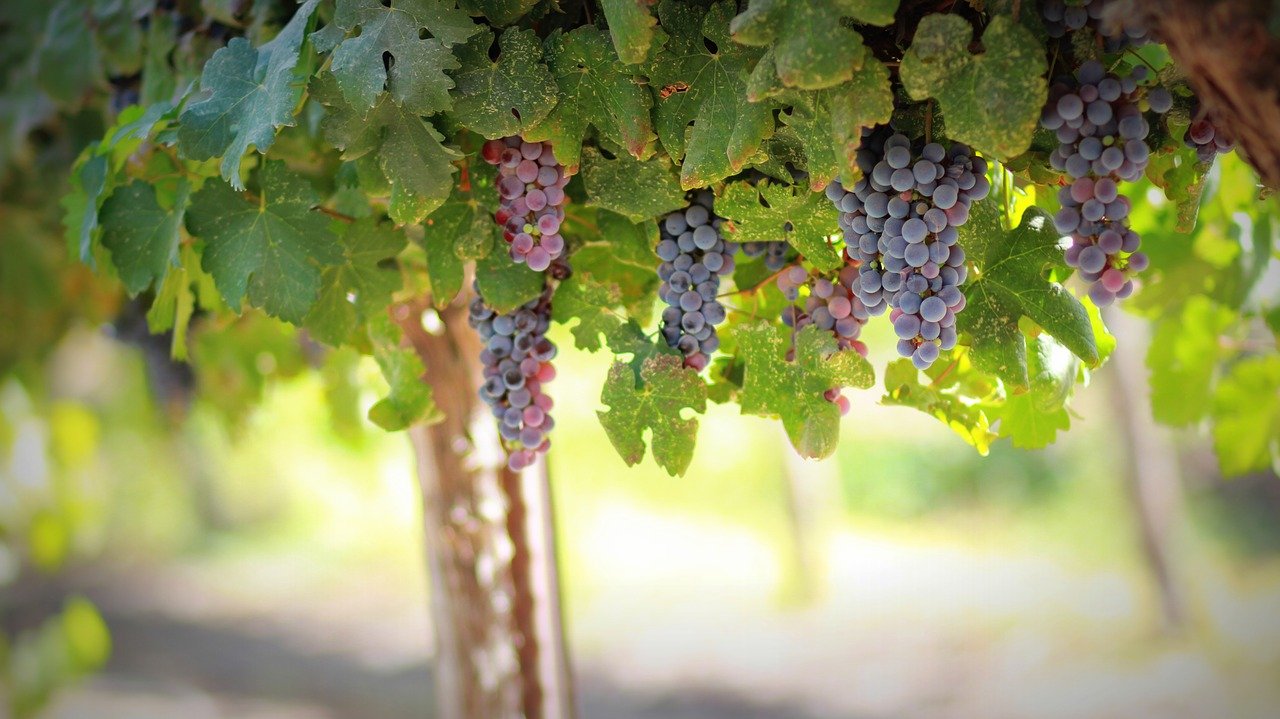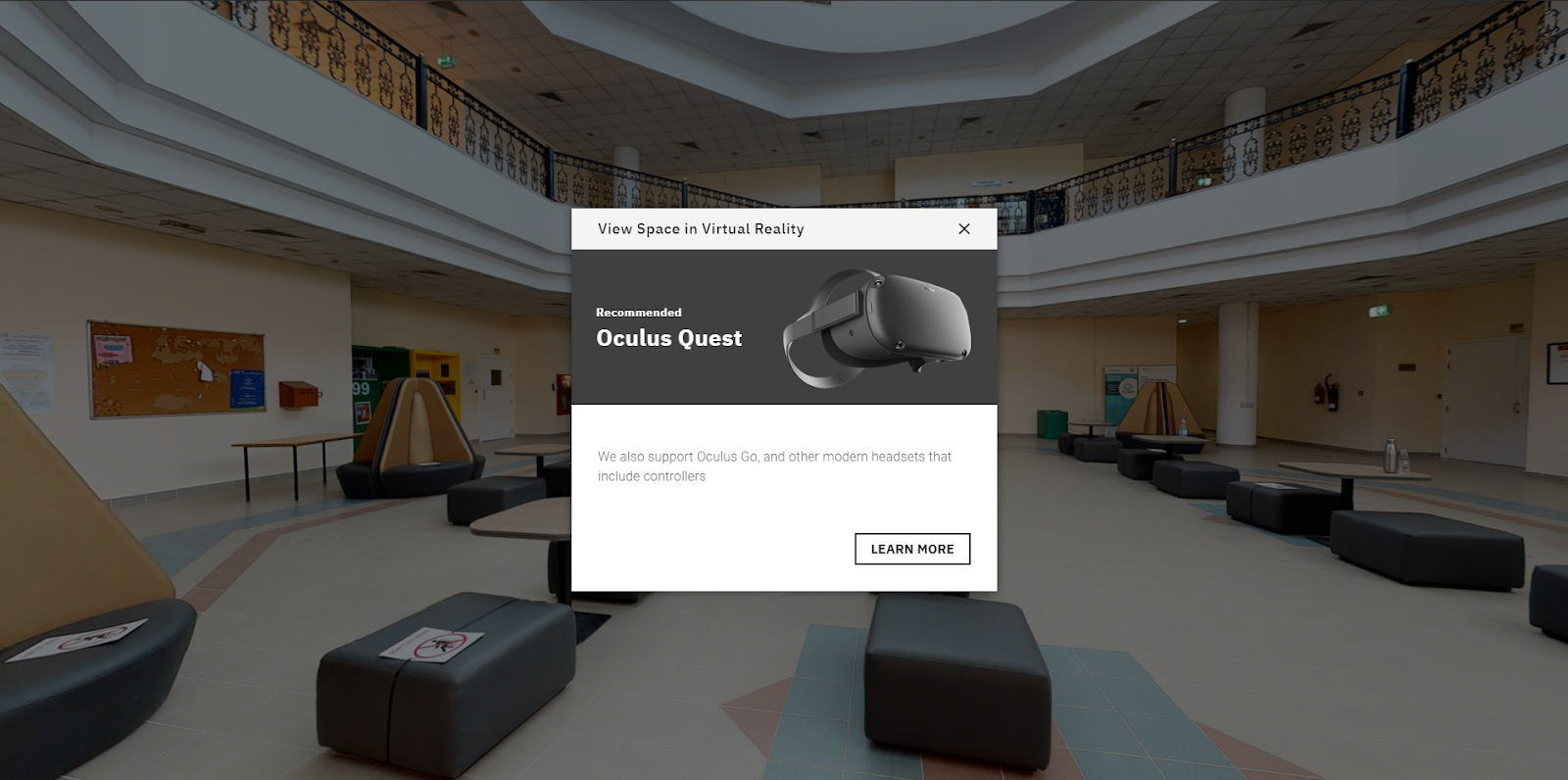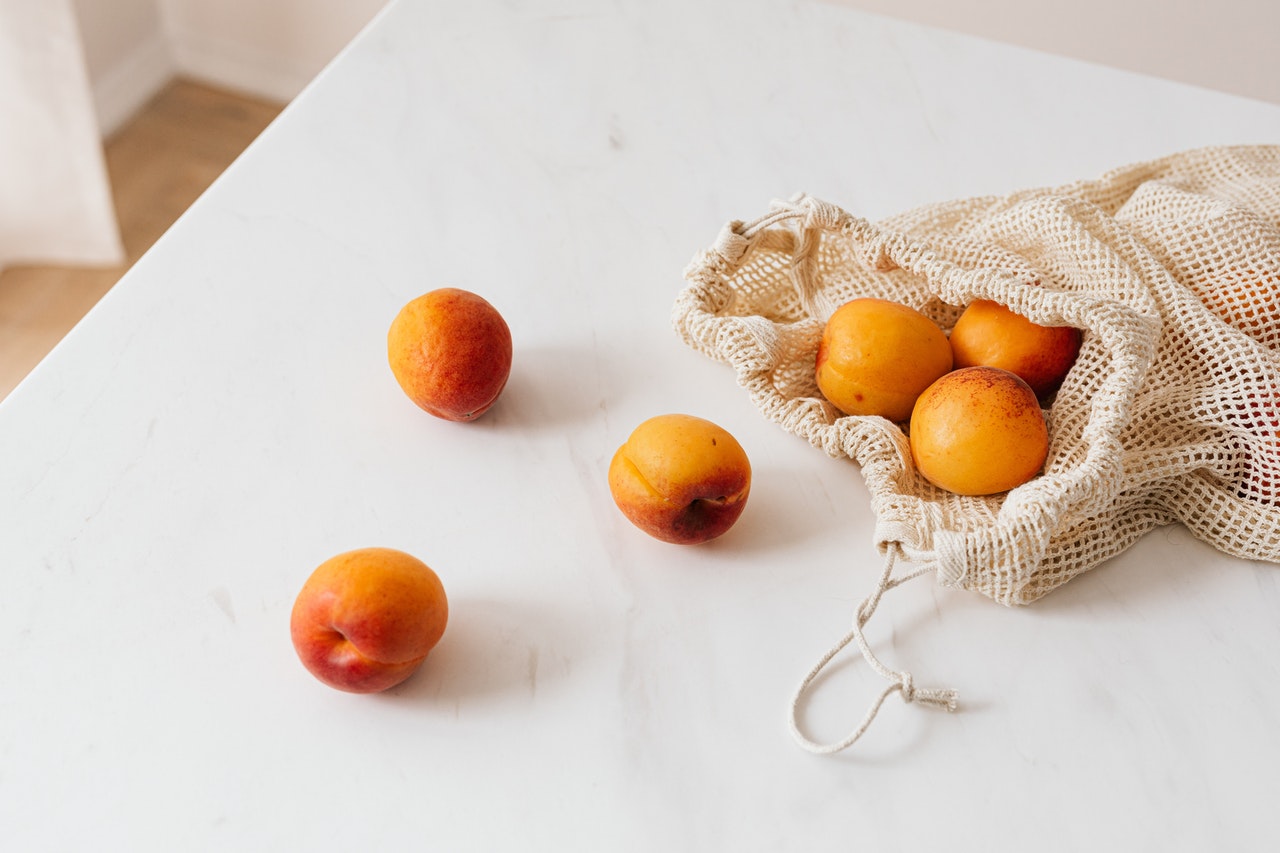There are many complex supply chains around that worlds that certain countries depend on for their economy. For some of them to work, they need to collaborate with other countries to keep flow or demand for their products, this could be the likes of food and drink sector. COVID-19 had brought a dramatic turn supply chain, disrupting the natural flow of products going in and out of countries. Finance Minister Bruno Le Maire issued a statement to the nation’s supermarket urging them to stock French Products.
COVID-19 wasn’t the only instance that interrupted the supply chains. Agriculture tends to take the biggest financial hits and losses during disasters such as extreme weather, which are becoming more frequent, intense, and complex. Between 2008 and 2018, agricultural disasters cost developing countries more than €908 billion, having a profound effect on the livelihoods of smallholder farmers who were already struggling against large corporations.
Producers of coffret électrique encastré for the food industry, Electrix, investigates the French wine disaster and other events around the world that had an impact on food and drink.
French Wine Disaster
Unpredicted Frost had hit France this year, which turned the usual warmer April into a cold month with bitter frost. The initial record-warm early spring resulted in vines and fruit trees blooming earlier than they would usually, and they were then ruined by an unexpected bout of cold temperatures. Research has found that as the world’s temperature rises, the timing of seasons will change and become more severe.
The frost had affected the growth of Vineyards in Bordeaux, Burgundy, Provence, and the Rhône Valley resulting in thousands of fires and candles to be lit near the wines and trees in an attempt to keep them warm overnight. Sadly, many winemakers have reported a 100 per cent loss on their yield.
Julien Denormandie, French agriculture minister commented: “This is probably the greatest agricultural catastrophe of the beginning of the 21st century.” Meanwhile, Prime Minister Jean Castex pledged €1bn in aid to winemakers and farmers. It may take years for some vineyards to recover.
The loss also impacts related industries, such as wine bottle labels, which face decreased demand due to reduced wine production.
Thirsty crops exhausting groundwater
Rice is the primary source of food for more than three billion people every day and is helping prevent the world’s food crisis from getting worse. Sadly, there is a risk of rising food insecurity for such a staple food.
India is experiencing both a water and agricultural crisis that has been developing for decades. Rice is one of the thirstiest crops that exist – farmers use 15,000 litres of water on average to grow one kilogram of paddy (rice plant). Rice is draining northern India’s Punjab of its groundwater, with the ground expected to be exhausted by 2039 and become comparable to a desert. A fifth of the world’s population lives in India, who only have four per cent of global water while simultaneously being the largest user of it with 90 per cent of their water used for agriculture.
India isn’t the only country struggling to grow rice due to a lack of water – countries in Southeast Asia such as China are facing the same challenge. Climate change is making extreme weather like flooding and droughts happen more regularly, making water difficult to source. Scientists are looking to develop new strains of rice that require less water and are more resilient to drought and climate change. Plus, water technologists in New Delhi are looking to design water management techniques that use no more than 600 litres of water for one kg of paddy.
Increased breeding of rodents in Australia
Australia has faced the brunt of climate change, ranging from bushfires that devastated 27.2 million acres of land to damaged food and crops due to the largest plague of mice ever seen. Australian farmers are used to a mouse plague every ten years or so; however, with the planet warming up, they could become more regular with more mice than ever. The temperatures create the perfect breeding ground for the rodents, which then go on to destroy crops.
Farmers are even forced to burn their crops which have been infested with mice and mice urine.
A disaster-resilient future is possible if we develop sustainable agriculture. Preparing for risk management can help in reducing agriculture’s vulnerability to natural disasters and climate change.
Sources
http://www.fao.org/news/story/en/item/1381672/icode/
https://www.axios.com/french-wine-disaster-climate-change-1f86c34c-917c-4d86-b126-73f7618316a9.html







